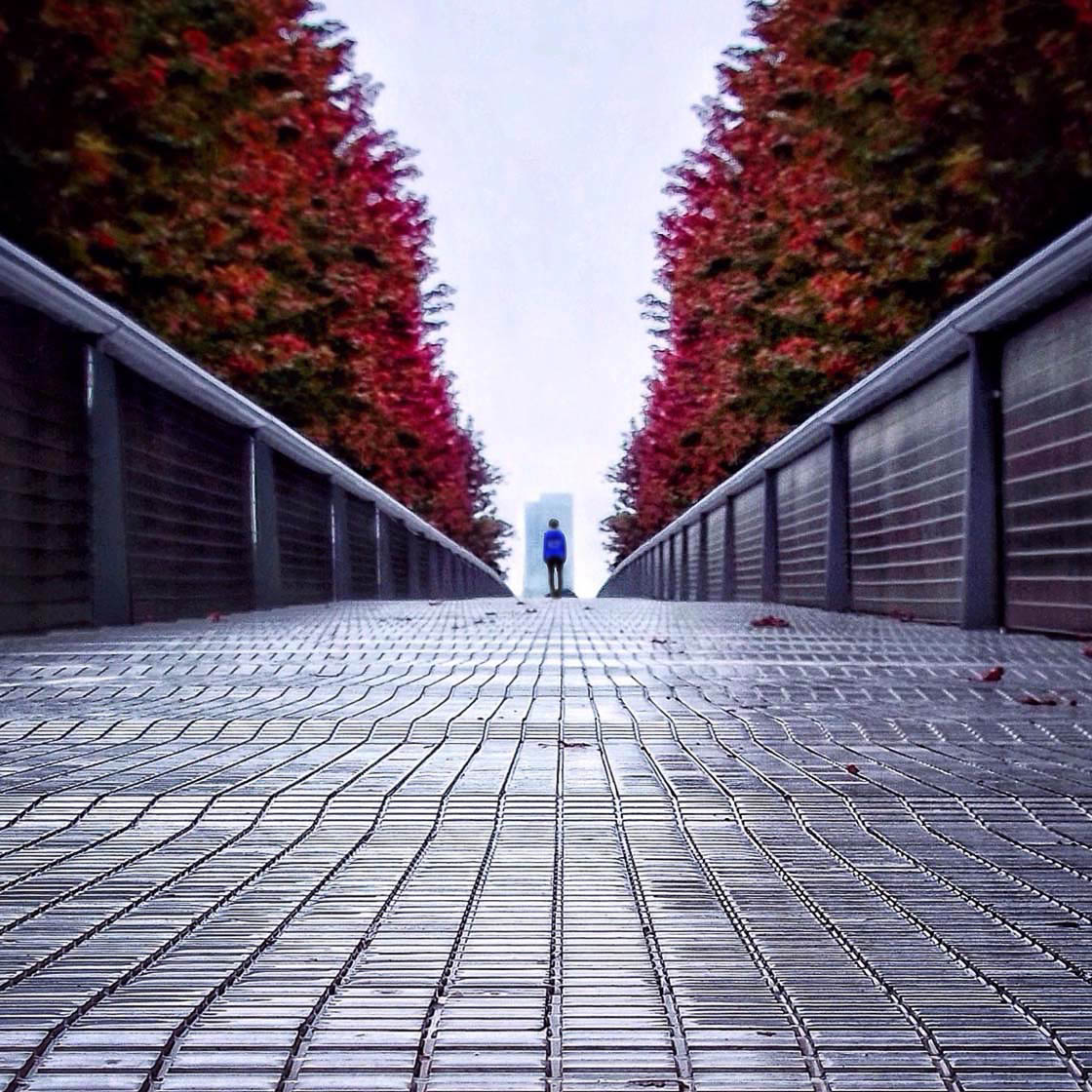All About Street Photographers
All About Street Photographers
Blog Article
The Greatest Guide To Street Photographers
Table of ContentsThe Of Street Photographers6 Easy Facts About Street Photographers ShownThe Single Strategy To Use For Street PhotographersStreet Photographers - QuestionsThe Basic Principles Of Street Photographers
Street photographers do not always have a social objective in mind, but they prefer to separate and capture moments which may otherwise go unnoticed.He was influenced by numerous of those that affected the road photographers of the 1950s and '60s, he was not mainly interested in catching the spirit of the road., that worked side by side with photographers trying to record the essence of metropolitan life.
Due to the relatively primitive technology offered to him and the lengthy exposure time called for, he battled to capture the stress of the Paris roads. He try out a collection of photographic approaches, attempting to locate one that would permit him to record activity without a blur, and he discovered some success with the calotype, patented in 1841 by William Henry Fox Talbot. In comparison to Atget, digital photographer Charles Marville was worked with by the city of Paris to develop an encyclopaedic record of Haussmann's city preparation task as it unravelled, hence old and new Paris. While the digital photographers' topic was basically the exact same, the results were substantially various, showing the effect of the photographer's bent on the character of the images he generated.
Everything about Street Photographers
Provided the great high quality of his photographs and the breadth of product, engineers and musicians commonly acquired Atget's prints to make use of as reference for their very own job, though industrial passions were hardly his main motivation. Rather, he was driven to photo every last residue of the Paris he loved. The mingled interest and urgency of his goal shine through, causing photographs that tell his own experience of the city, top qualities that anticipated street photography of the 20th century.

Unlike his peers, Brassa made use of a larger-format Voigtlnder cam with a longer direct exposure time, forcing him to be extra calculated and thoughtful in his practice than he may have been if using a Leica. (It is assumed that he may not have actually been able to manage a Leica at that time, yet he did, nonetheless, utilize one in the late 1950s to take colour photos.) Brassa's photographs of the Paris abyss illuminated by man-made light were a revelation, and the compilation of the click this link collection that he released, (1933 ), was a major success.

Getting My Street Photographers To Work
It is because of this essential understanding of the art of picture taking that he is typically attributed with discovering the medium around once again about a century since its invention. He took photographs for even more than a half century and affected generations of professional photographers to trust their eye and instinct in the minute.
These are the inquiries I shall try to answer: And afterwards I'll leave you with my own interpretation of street digital photography. Yes, we do. Let's begin with specifying what an interpretation is: According to it is: "The act of specifying, or of making check this site out something certain, distinctive, or clear".
No, most definitely not. The term is both restricting and misdirecting. Seems like a street photography must be pictures of a roads appropriate?! And all road digital photographers, other than for a little number of absolute beginners, will fully value that a street is not the key component to road digital photography, and in fact if it's a photo of a road with possibly a few boring people not doing anything of interest, that's not road digital photography that's a photo of a road.
The smart Trick of Street Photographers That Nobody is Discussing
He makes a valid factor don't you believe? While I agree with him I'm not sure "honest public photography" will catch on (although I do kind of like the term "honest photography") due to the fact that "street digital photography" has been around for a lengthy time, with numerous masters' names affixed to it, so I believe the term is right here to stay. Street Photographers.
You can shoot at the coastline, at an event, in an alley, in a park, in a piazza, in a coffee shop, at a museum or art gallery, in a metro terminal, at an occasion, on a bridge, under a bridge ...
Street Photographers - Truths
Yes, I'm afraid we have no choice! Without policies we can not have an interpretation, and without a meaning we don't have a style, and without a category we do not have anything to specify what we do, and so we are stuck in a "rules definition category" loophole! - Street Photographers

Report this page